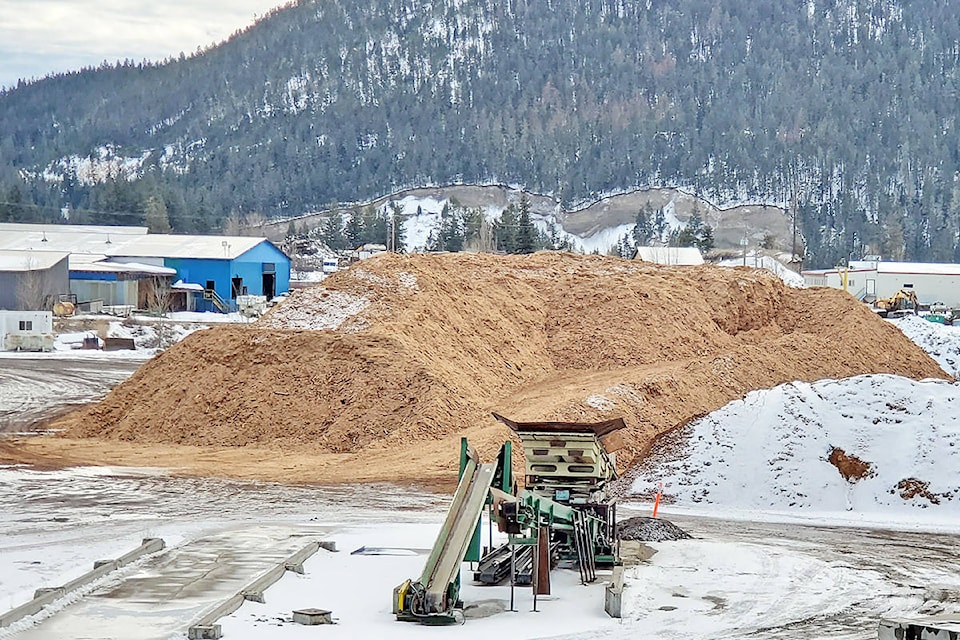Some of the world’s climate change heroes are hard working men and women wearing hard hats and high-vis vests, said Forest Enhancement Society of B.C.’s (FESBC) executive director.
“People right here in the Cariboo’s forest industry are actually doing something and helping with the problem,” Steve Kozuki said. “Under international carbon accounting protocols, the Paris Agreement and Canada’s commitments to climate change targets in forestry there are three ways where we can help with the fight against climate change and we are doing all of them.
Kozuki said the first way is to plant trees in areas that otherwise would not be reforested because trees such carbon dioxide out of the atmosphere.
Planting trees in fire or mountain pine beetle impacted areas can help them recover faster, improve timber supply, manage stormwater, improved wildlife habitat and tourism opportunities, he added.
“Trees are carbon-based life forms like all of us. We store that carbon inside our bodies until we die and decompose. In forests, the carbon that is stored in trees can be released by fire, disease or insects, particularly in fire-dependent ecosystems like we live in.”
The second way of aiding the fight against climate change is to fertilize trees so they grow faster, Kozuki said.
“When trees grow faster they sequester carbon faster and store it.”
Availability of funding is what holds fertilizing programs back, and in slow growing areas in the Cariboo-Chilcotin, he said it is expensive.
“There is a social case to be made for the Interior like the Cariboo where we have a timber supply shortage coming up because of the fires and beetles. We may not get the biggest bang for our buck, but it would help maintain stability.”
Provincially FESBC has invested heavily in fertilization, he added.
Read more: Forest Enhancement BC allocates another $3.4 million to improve damaged forests
A third way forestry can fight climate change is to reduce emissions.
When trees are harvested, instead of burning the waste and slash left behind and creating carbon emissions and particulate matter, the material can create energy or pellets, Kozuki said.
“In contrast, when you look at the contrast of wood when it’s burned under controlled conditions, at high temperature, the first thing you notice is there’s not a lot of smoke. The particulate matter is almost eliminated and from a climate change perspective, the emissions is almost 100 per cent carbon dioxide and there is very little methane, very little nitrous oxide — those potent greenhouse gases.”
Slash piles resulting from wildfire risk reduction efforts in the Williams Lake Community Forest in the Esler block and burned timber harvested by the Williams Lake Indian Band were turned into biomass for Atlantic Power Corp. biomass-fuelled electricity generation plant, with funding from FESBC.
Read more: WLIB and Tsi Del Del Enterprises forge forestry collaboration
news@wltribune.com
Like us on Facebook and follow us on Twitter
